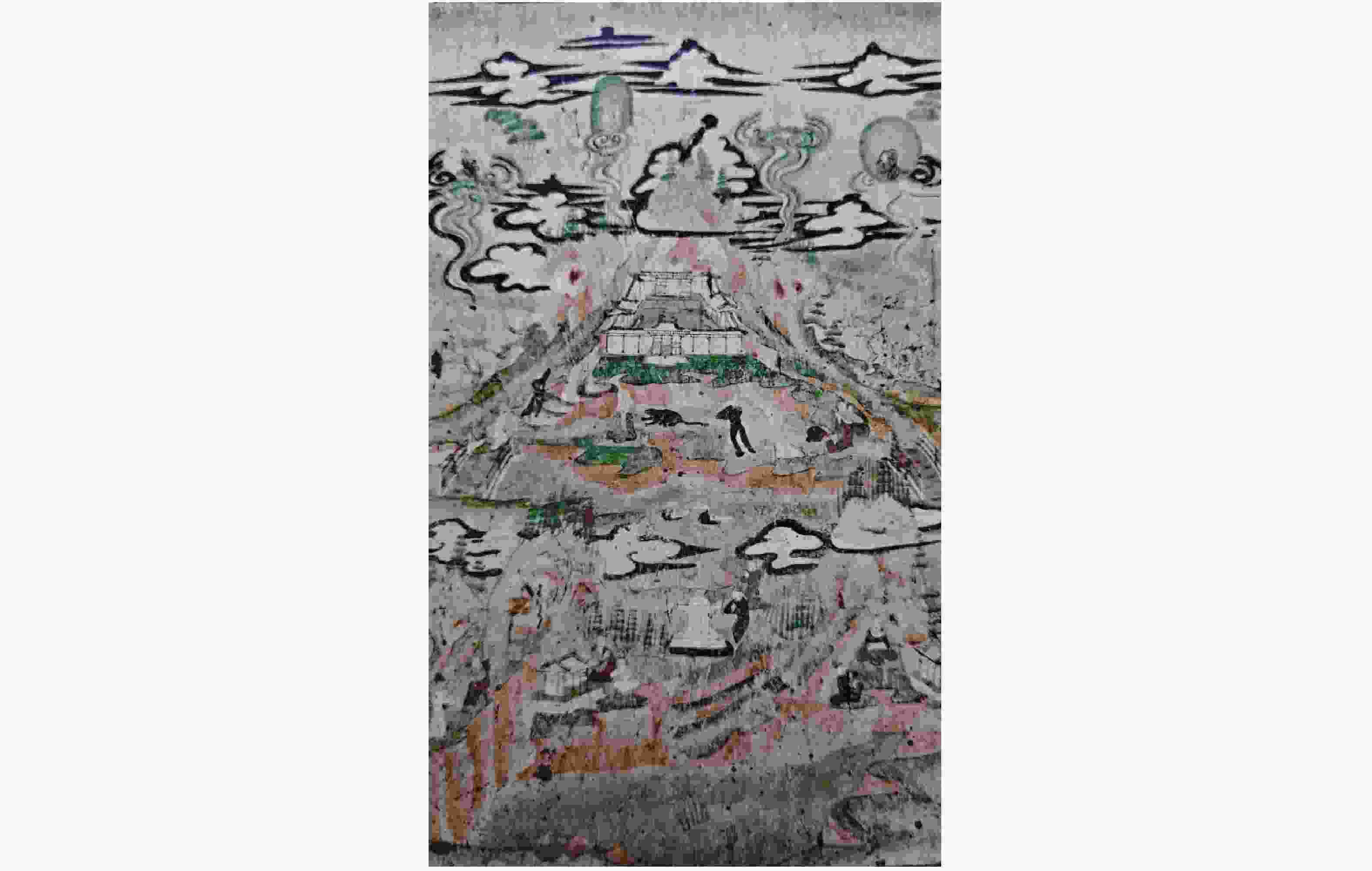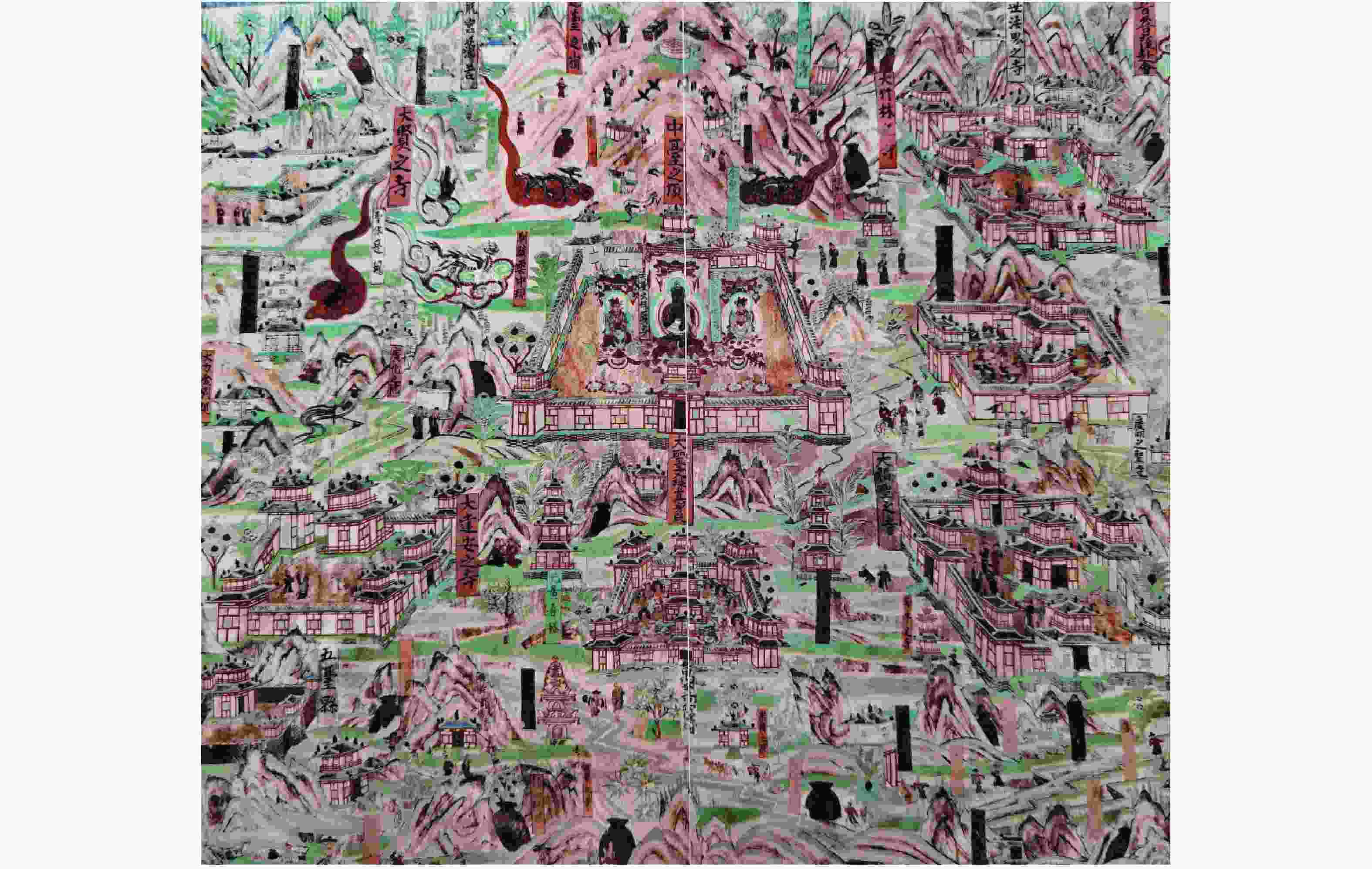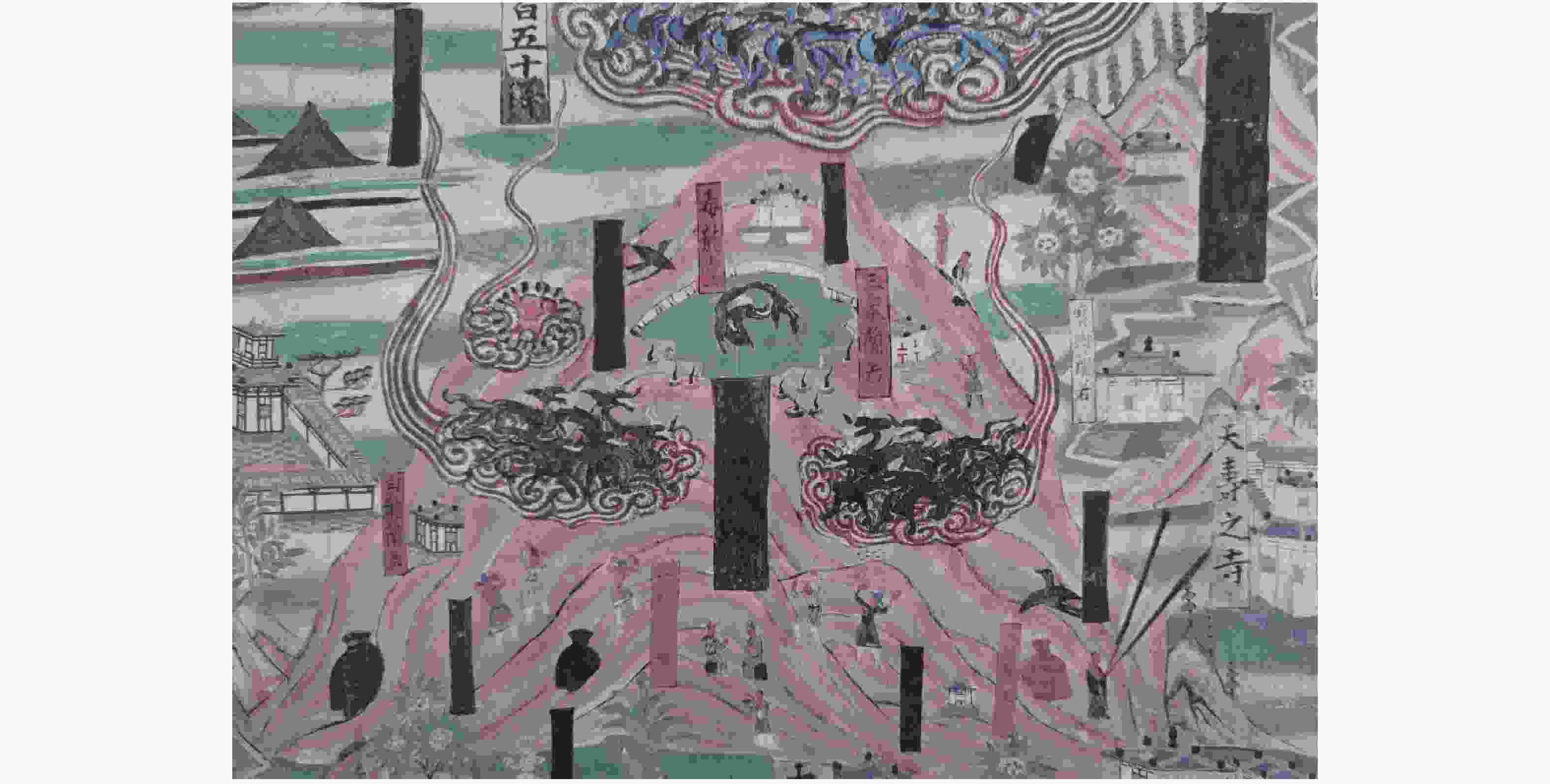中西僧侣建构中土清凉圣地的方法研究
作者简介:李智君,厦门大学人文学院历史系教授(福建厦门 361005)
摘要: 在如来灭后,众圣潜灵,至唐代时印度佛教逐渐衰落,如何在中土建构一个新的佛教圣地,是摆在中西僧侣面前的一道难题。解决之道是僧侣仿照印度雪山圣地模式,在佛教传播地建构新的雪山圣地。初唐,中西僧侣联手,从不同空间尺度着手,成功在边地五台山建构了一个具有世界影响力的雪山圣地,即清凉山文殊道场。宏观尺度,中西僧侣主要在结集、翻译和注疏佛典的时,将五台山的地理信息,加入汉传佛典和序言之中,让文殊师利成功地介入五台山;中观尺度,中土僧侣主要利用佛典中已有的圣地结构−雪山五峰,将五台山建构为中土的清凉五台;微观尺度,僧侣主要利用北魏孝文帝崇建和文殊显应,建构了五台山空间地点的神圣性。总体而言,清凉五台只是中西僧侣仿照雪山五峰建构的一个理想模型而已,现实中的清凉圣地,无论从古今胜迹还是从游礼感通的空间分布来看,都是中台独大,而非五峰竞秀。中西僧侣建构的清凉圣地,既满足了中土僧团独立的需要,也满足了帝王以“当今如来”身份,依傍宗教治理天下的需要,因此,在参与建构清凉圣地的僧侣身后,总能看见皇家的身影。
Methods Used by Monks to Build Holy Resorts in the Central Plaints: Spatial Analysis of the Formation of Manjusri Meso in Wutai Mountain in the early Tang Dynasty
- Available Online:
2021-09-20
Abstract: After Buddha was brought down, all holy spirits went reclusive. Indian Buddhism declined in the Tang Dynasty. How to construct a Buddhist Holy Land in the Central Plaints disturbed the Buddhist monks in and outside China.One solution was to build a copy of the Snow-Mountain Holy Land in the Buddhist areas. At the beginning of the Tang Dynasty, Buddhist monks in and outside China managed to build in cooperation a Snow-Mountain Holy Land, Manjusri Bodhimanda, in the frontier Wutai Mountain from three spacial perspectives. Macroscopically, these monks incorporated the geographical information into the Chinese Buddhist scriptures and their prefaces when compiling, translating, and annotating the holy scriptures so that Manjuist blessings were brought into the Wutai Mountain. From the perspective of Buddhist Meso, local monks turned Wutai Montain into a Buddhist resort using as their model the Holy Land structure of the Five Snow-Mountain Peaks found in the Buddhist scriptures. Microscopically, monks turned the space of the Wutai Mountain into a sacred one by using as their instrument Emperor Xiao Wen of the Beiwei Dynasty and the induction of Manjuist. Generally speaking, Wutai Resort was only an ideal copy of the Five Snow-Montain Peaks produced by the monks in and outside China. In reality, the resort, as a spatial pattern of either a historical site or a place for rites, only had one peak instead of five. The Holy Resort built by the monks in and outside China satisfied the need of the Buddhist monks for independence and the need of the emperors to legitimate their power over the world as the “corporeal Buddha.” So behind the monk constructors was the emperor.



 下载:
下载:





 沪公网安备 31010102003103号
沪公网安备 31010102003103号